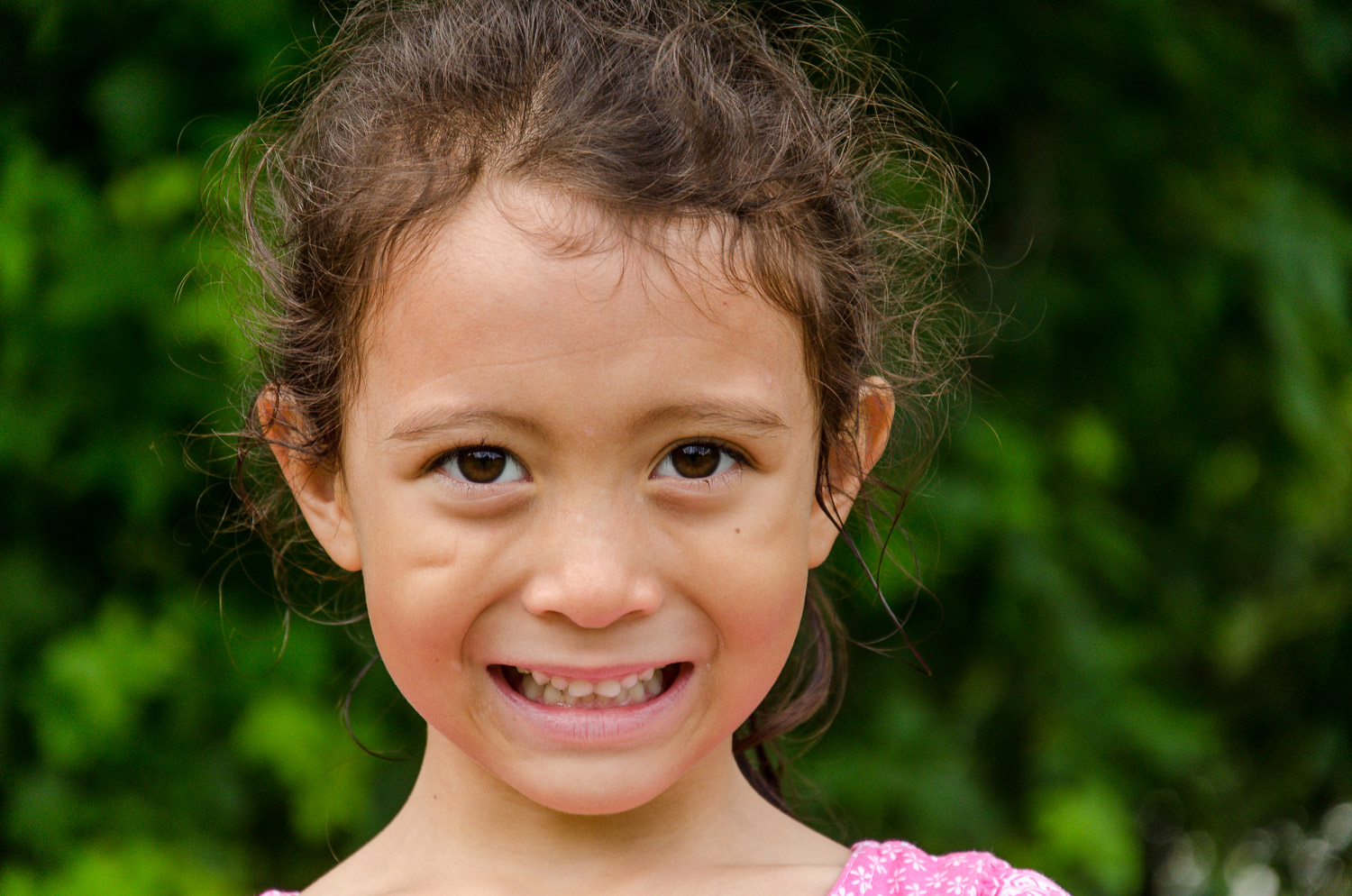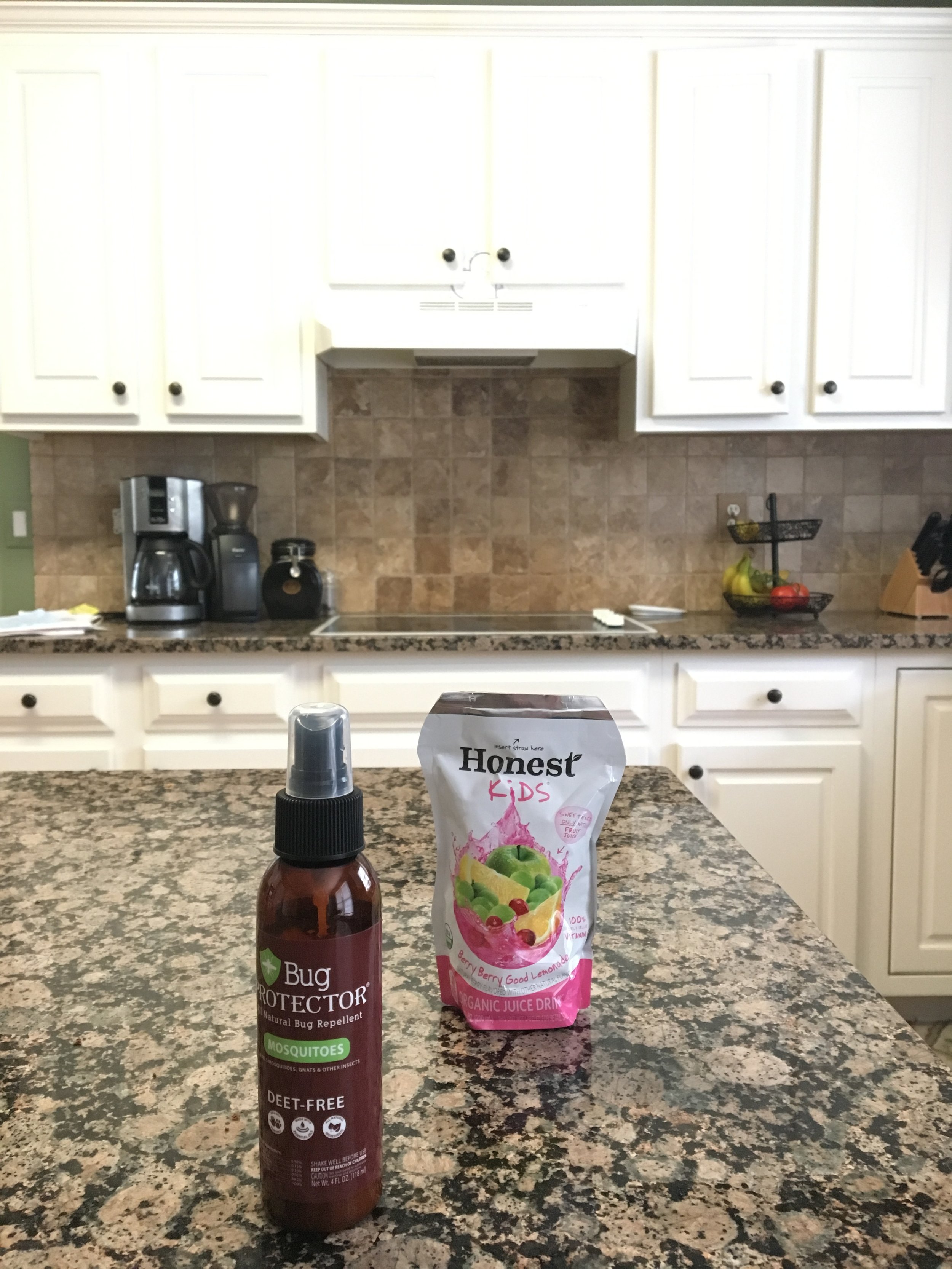Cool tip #2 for blurring backgrounds in photos
In my last blog post, I gave you a cool tip on how to blur backgrounds in photos by placing your subject far from the background. In this blog post, I'll show you how focal length can also help you achieve a blurred background.
Focal length refers to the zoom in your lens. Small numbers mean wider angles. Objects will appear farther away. Larger numbers mean tighter zoom. Objects will appear closer.
The kit lens that comes with your DSLR probably has varying focal lengths. My Nikon D7000 came with a kit lens of 18-105mm. If I want to get every bit of the environment in the shot, I would shoot with a focal length of 18mm. If I wanted to get a close shot of an object without having to walk up to it, I would zoom in to 105mm. Why would you walk closer to or further away from your subject when you can zoom? Well, let's talk about that.
I'm not going to get into the optics and mechanics of your lenses, because, quite frankly, that stuff bores me. The gist of the story is that if you want to get blurrier backgrounds, or more "bokeh," then zooming in as far as your lens will go (using a longer focal length with bigger numbers) will help you do that. This may mean that you have to walk further away from your subject to get the right composition.
Let's look at a few shots with varying focal lengths and how the background changes in relation to the length of zoom.
This is the backdrop that I used for the pictures of my daughter. I want you to see that you can take pictures anywhere and achieve a good "portrait" effect with a blurry background. I placed my daughter about 5 feet in front of the bush in the middle of the frame.
For the purposes of demonstrating how focal length affects the background, I kept all of the camera settings the same except for the length of zoom. I also had my daughter stand in the same spot as I changed the focal length. Instead of her moving and changing her distance from the background I changed my distance from her to accommodate the change in focal length.
Nikon D7000, 18-105mm kit lens
ISO: 400
Shutter speed: 1/200
f/5.6
Focal length 35mm
Focal length 50mm
Focal length 105mm
In the first picture, you can see the shape of the bush, some of the ground and a little bit of the blue pool water. In the second picture, the bush fills more of the background. In the third picture, the bush looks like a blob of green. Also notice in the third picture that the background has been compressed due to the long focal length and it looks closer to my daughter than it does in the other pictures. In the first picture, the background elements are a little distracting. Use longer focal lengths to compress the background, let it fill your frame and reduce the amount of distracting elements so that your subject stands out.
Now for the sort of bad news. In my last blog post, I talked about how distance affects the blurriness of your background, and showed you how you could achieve a similar effect with your phone as with your DSLR by keeping your subject far from the background. The bad news is that the concept of zooming in to blur backgrounds does not apply to the camera in your phone. When you zoom with your DSLR lens, you're using optical zoom. (Again, I won't go into the optics or mechanics of it. I don't even completely understand it myself.) Your phone - and any point-and-shoot camera - uses digital zoom. The camera is essentially making an in-camera adjustment to the image. It's the same thing as cropping the digital image while editing.
Here are some images that I shot with my iPhone 6s. Similar to the shots of my daughter, I placed the bug spray at varying distances away from the phone, and zoomed in to accommodate the change in zoom. I also kept the juice box at a similar distance from the bug spray so that you could compare any changes to the blurriness in the background.
No zoom
Partial zoom
Full zoom
Zooming in with the iphone built-in camera app did not achieve a blurrier background. Even worse than that, the overall quality of the entire picture got worse as I zoomed in. Notice how grainy the words look in the full zoom compared to no zoom.
Digital zoom (typically in your phone or in point-and-shoot cameras) does not achieve the same effect of blurring the background as optical zoom (DSLR lenses). To take better pictures with your phone that are cleaner and less grainy, try not to zoom in when taking the shot. Use "sneaker zoom," which means you have to walk towards or away from your subject.
No zoom - cropped in to show details.
Full zoom - cropped in to show details.
In my next blog post, we'll look at different natural lighting situations to achieve better portraits. Until then, practice using long focal lengths on your DSLR to achieve blurry backgrounds.









